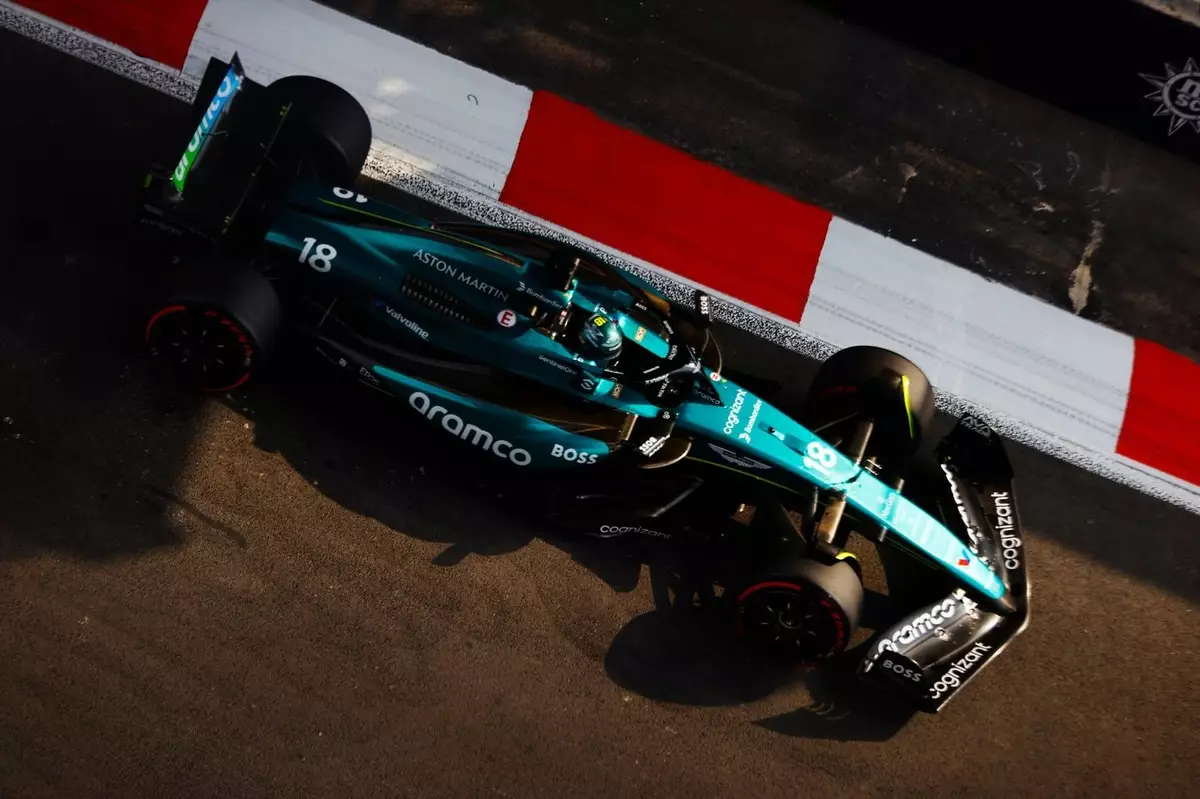As Formula 1 gears up for the impending 2026 season, the sport is on the brink of significant transformation. With the introduction of new technical regulations, there is widespread speculation about the impact these changes will have on the competition landscape. Adrian Newey, a seasoned figure in F1 engineering and soon-to-be managing technical partner at Aston Martin, has voiced some critical insights regarding these developments, particularly concerning the dominance of engine performance in the early years of this regulatory shift.
The crux of Newey’s assertion is that the 2026 regulations might mirror the scenario witnessed in 2014 when hybrid power units first entered the fray. Back then, Mercedes established a commanding lead, leaving rivals scrambling to keep pace. As teams adapt to the new engine specifications — which will replace the intricate MGU-H systems with a streamlined focus on the MGU-K — it seems plausible that one manufacturer could gain a head start, setting the tone for the future.
The upcoming power units, designed with sustainability in mind, promise to draw more energy from the MGU-K while utilizing eco-friendly fuels. In addition to this shift, a new override system will be implemented to provide extra power when trailing another car, similar to the existing Drag Reduction System (DRS). Newey emphasizes the unique nature of this dual regulation change, as both chassis and engine specifications are being overhauled simultaneously to create a more balanced competition.
However, as he aptly notes, this dual shift could lead to a situation where a single manufacturer capitalizes on their head start, potentially resulting in an engine-centric formula for the initial seasons. Newey articulates this concern, suggesting that catching up in the engine department is more challenging compared to adjustments in the chassis, which allows for a significant disparity in competition levels right out of the gate.
Looking ahead, the competitive dynamics appear set to evolve dramatically. Aston Martin’s partnership with Honda provides a compelling narrative, particularly with the inclusion of Saudi oil giant Aramco to supply sustainable fuels. Meanwhile, Audi’s entry as a new power unit manufacturer after acquiring Sauber only heightens the intrigue. Red Bull’s commitment to developing in-house engines through their Powertrains facility, in collaboration with Ford, signifies an ambitious shift that could challenge established players like Mercedes and Ferrari.
Furthermore, the addition of General Motors’ Cadillac as a prospective sixth manufacturer adds further layers of complexity. With Renault stepping back from its power unit program, the stage is set for a fierce battle among existing and new entrants eager to carve out their niche in this most competitive environment.
The Challenges Ahead for Teams
What complicates the scenario even more is the timeline for these changes. While engine regulations have been established, teams only received the green light to begin wind tunnel testing for their 2026 designs at the beginning of the year. This limited timeframe means every team must work diligently and efficiently to adjust to both the new chassis and engine regulations, all while attempting to predict and respond to their competitors’ strategies.
Newey himself anticipates a steep learning curve as he steps back into the fold with Aston Martin. While he acknowledges the necessity of keeping an eye on the 2025 car, his primary focus is undoubtedly on the intricate 2026 regulations. The successes of the upcoming season rest not only on understanding these regulations but also on efficiently translating that knowledge into a competitive car.
As we look toward 2026, the future of Formula 1 is shrouded in a blend of excitement and uncertainty. With the potential for engine dominance reminiscent of the past, the sport is set to undergo a period of adjustment that could bring both challenges and remarkable advancements. Team dynamics and technical innovations are poised to shape a new chapter in F1 history, and it will be fascinating to observe how this unfolds as teams adapt to the relentless march of technology and sustainability. The stakes have never been higher, and the anticipation is palpable as the countdown to this new era begins.

